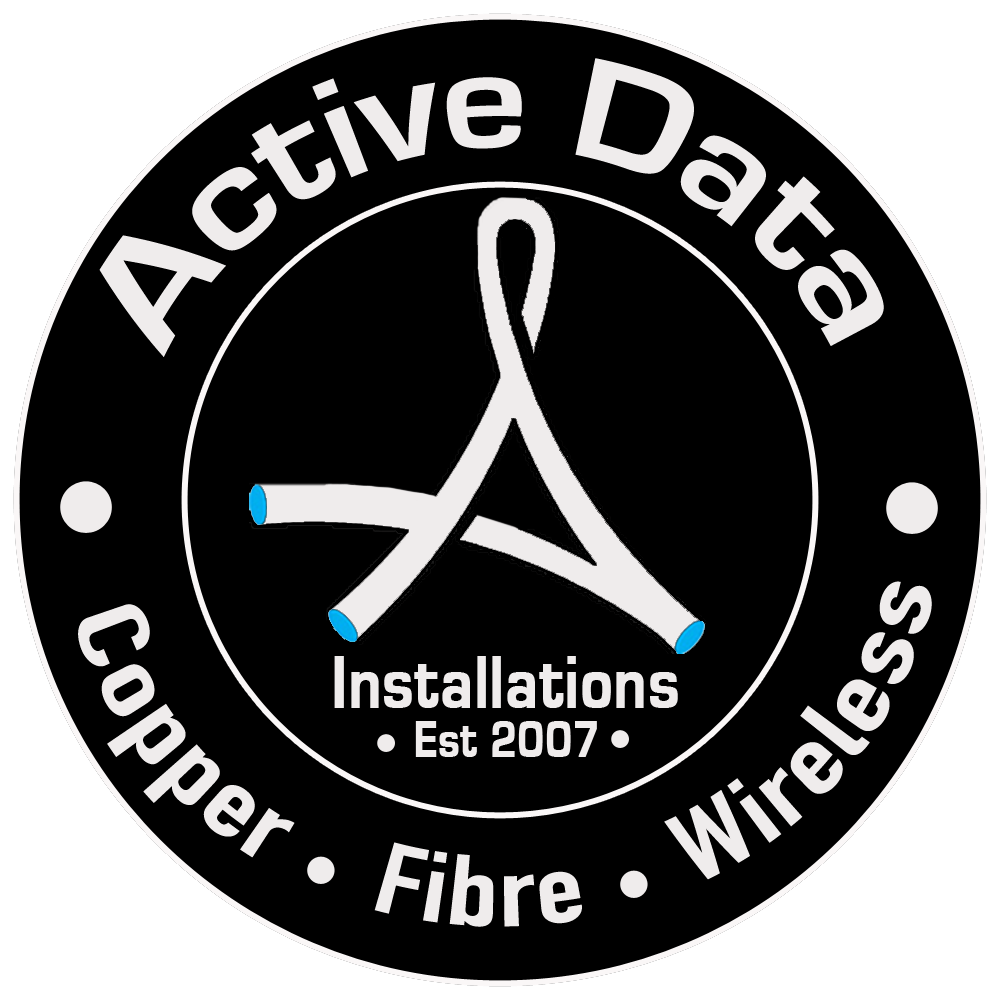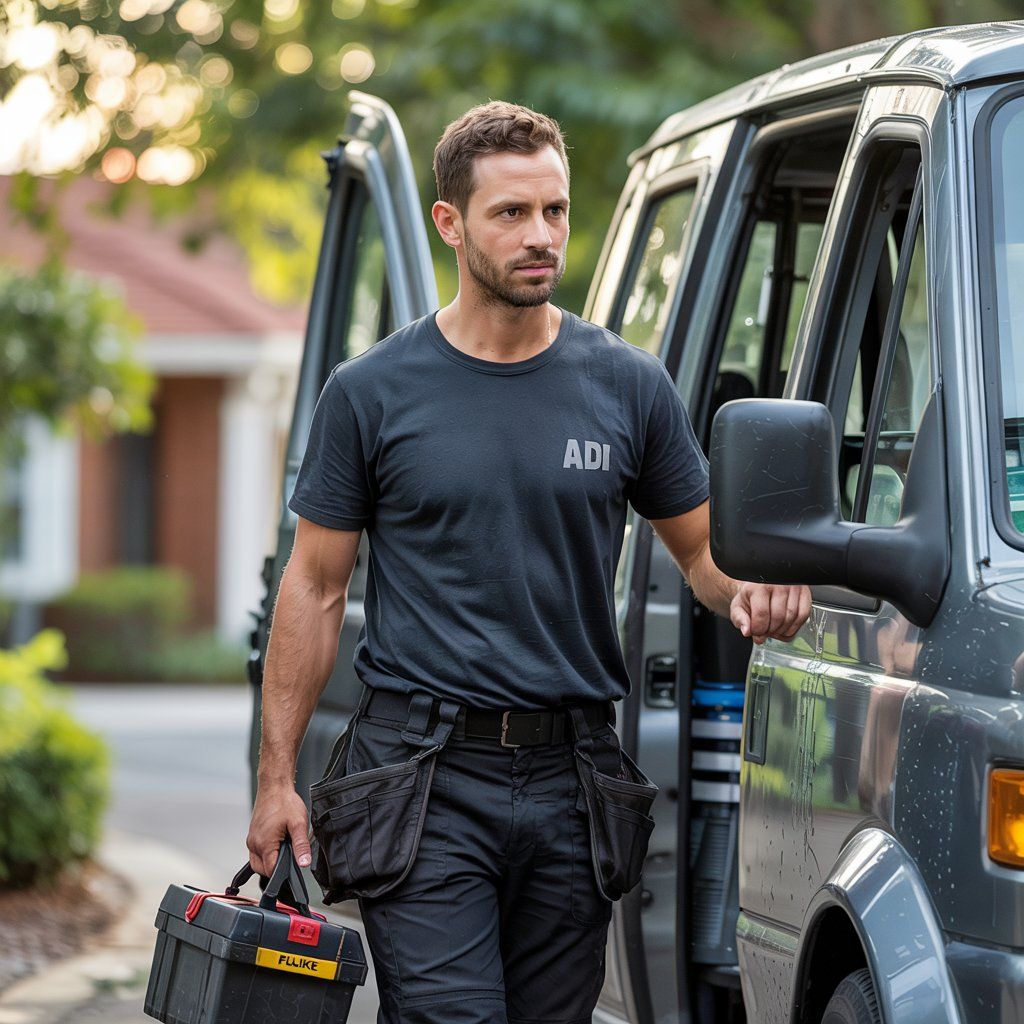Why In-House IT Teams Should Avoid Data Cabling Installations
The Hidden Costs, Compliance Risks, and Safety Dangers of DIY Network Cabling
In today’s increasingly connected world, reliable data cabling installation is critical to the performance and safety of any commercial or educational facility. While your in-house IT team may be skilled in software deployment, device support, or general networking, assigning them to handle structured cabling can introduce serious risks — both financially and from a health and safety compliance perspective.
Now, I completely understand the appeal of doing it internally.
It feels like a cost-saving measure: use the people already on payroll rather than hire a third party. But in reality, DIY cabling installations often lead to substandard performance, system instability, and even legal liability due to building code violations or exposure to health hazards like asbestos.
In this article, we’ll explore the dangers of in-house cabling, how it can cost you more in the long run, and why certified professionals remain the safest and most cost-effective solution.
Here’s why data cabling should always be left to experienced professionals — and the risks you take when trying to manage it in-house.
1. Lack of Industry-Specific Skills and Experience
Your IT department may be highly skilled in managing software, troubleshooting networks, or deploying end-user devices — but data cabling is a different world entirely. Professional cabling installers undergo specific training on cable types, containment systems, bend radii, termination standards, and building infrastructure planning.
Installing data cabling is not just about routing cables from point A to point B. It involves understanding of:
- Standards such as TIA/EIA-568 and ISO/IEC 11801
- Fire safety and containment
- Cable segregation from power sources
- Cable bend radius and tensile strength
- Performance limitations of different cable types
When these elements are not correctly implemented, the installation may result in:
- Poor cable management
- Signal interference from improper separation from power
- Excessive cable stress and damage
- Use of incorrect cable types for specific environments (e.g., external, plenum, or fire-rated)
The result? A cabling system that may appear functional but performs far below optimal — or worse, fails intermittently and unpredictably.
2. Lack of Professional Test Equipment
Installing data cabling is only half the job. Testing it properly is what certifies that the installation meets performance expectations and manufacturer warranties.
In-house IT teams rarely have access to calibrated, manufacturer-approved certification testers such as those from Fluke Networks or AEM. These tools are essential for:
- Verifying signal integrity (NEXT, RL, attenuation, etc.)
- Ensuring performance at the correct standard (e.g., Cat6a/10G)
- Generating detailed test reports for warranty and compliance
- Identifying installation faults before they become user-facing problems
Owning and maintaining this kind of test equipment is a significant investment — and it forms part of what you're paying for when you hire a trusted, certified cabling professional. These devices require regular calibration, firmware updates, and proper usage to produce accurate, standards-compliant results.
Without proper testing, faults may remain hidden — only surfacing during critical use or system expansion. And once user issues begin, diagnosing faults without a certified tester is like shooting in the dark.
3. Health & Safety and Compliance Risks
Beyond performance, there are significant legal and safety concerns. Structured cabling work in commercial or educational buildings must follow stringent regulations and safety standards, including:
- BS7671 Wiring Regulations – Covering electrical safety, segregation of services, and mechanical protection
- CPR (Construction Product Regulation) Ratings – Governing the fire performance of cables in occupied buildings
- Mechanical Support Requirements – Preventing cable sag, damage, and hazards through correct containment and fixings
Untrained staff may unknowingly:
- Install non-compliant, flammable cables in escape routes
- Route cabling through restricted areas (e.g., ducting meant for high voltage)
- Leave cables unsupported, creating trip or fire hazards
- Void insurance or building compliance through improper installations
These are not minor oversights — they could lead to legal consequences, failed inspections, or significant safety risks for occupants. Using compliant materials and proven installation methods isn’t optional; it’s the law.
4. Cost of Mistakes Can Be Higher Than Doing It Right
Attempting to “save money” by keeping installations in-house often leads to greater costs in the long run. Some common scenarios:
- Rework – Poor installations needing full replacement to meet standards
- Downtime – Faulty cabling affecting business-critical systems
- Voided Warranties – Manufacturers rejecting claims due to incorrect installation or testing
- Fines or Delays – Non-compliance with fire safety or electrical standards
When a professional installer is brought in after-the-fact, the cost includes removal, remediation, and often reinstallation — far exceeding what it would have cost to do it properly from the beginning.
A certified installer also provides clear documentation, including test results, cable schematics, and warranty paperwork that protects you and ensures future serviceability.
5. Fire-Stopping and Asbestos Risks: Safety Hazards You Can’t Afford to Overlook
Beyond the technical risks and performance issues, health and safety hazards are perhaps the most serious concern when unqualified staff undertake structured cabling work — particularly when penetrating walls, floors, or ceilings.
Improper Fire-Stopping Repairs
Data cabling often requires running cables through compartment walls or fire-rated barriers. These are part of your building's passive fire protection system, designed to contain fire and smoke during an emergency.
Untrained teams may:
- Drill through fire-rated walls or floors without proper fire sleeves or seals
- Fail to correctly reinstate the fire-stopping materials after installation
- Use non-compliant sealants or backboxes that don’t meet fire rating requirements
This puts your entire building at risk of non-compliance with fire regulations — and worse, puts lives in danger if a fire occurs.
Accidental Asbestos Disturbance
Many commercial and educational buildings constructed before the year 2000 may still contain asbestos-containing materials (ACMs) — especially in ceilings, risers, floor voids, and riser cupboards where data cabling is often installed.
Certified cabling professionals are trained to:
- Identify high-risk materials
- Request and review the Asbestos Register before any works begin
- Halt works immediately and escalate appropriately if suspected ACMs are found
In-house IT staff are unlikely to have this training — and may unknowingly disturb asbestos during installation, releasing hazardous fibres into the air. This is not just a compliance issue — it’s a serious health risk with long-term consequences.
6. Structured Cabling is an Investment — Not Just a Job
Think of your cabling as your digital infrastructure — the foundation on which your network, security systems, telephony, and AV all depend. A bad cabling job is like building a skyscraper on sand. It may seem fine at first, but when pressure mounts, it won’t hold.
Certified installers:
- Use brand-approved components
- Follow proper installation guidelines
- Provide end-to-end test certification
- Future proof the design with scalability in mind
In contrast, internal teams may not plan for growth, add proper labelling, or even document the installation — making troubleshooting or expansion a nightmare for future teams.
Conclusion: Stick to What You Know — and Let Professionals Handle the Rest
Your IT team is invaluable in managing your organisation’s technology, but they shouldn't be burdened with infrastructure-level work like data cabling installation. Trusting certified cabling professionals ensures your network is fast, compliant, and future-proof.
Whether it’s a new installation, an upgrade to Cat6a/10G, or a fibre optic backbone — you only get one chance to get the foundation right.



